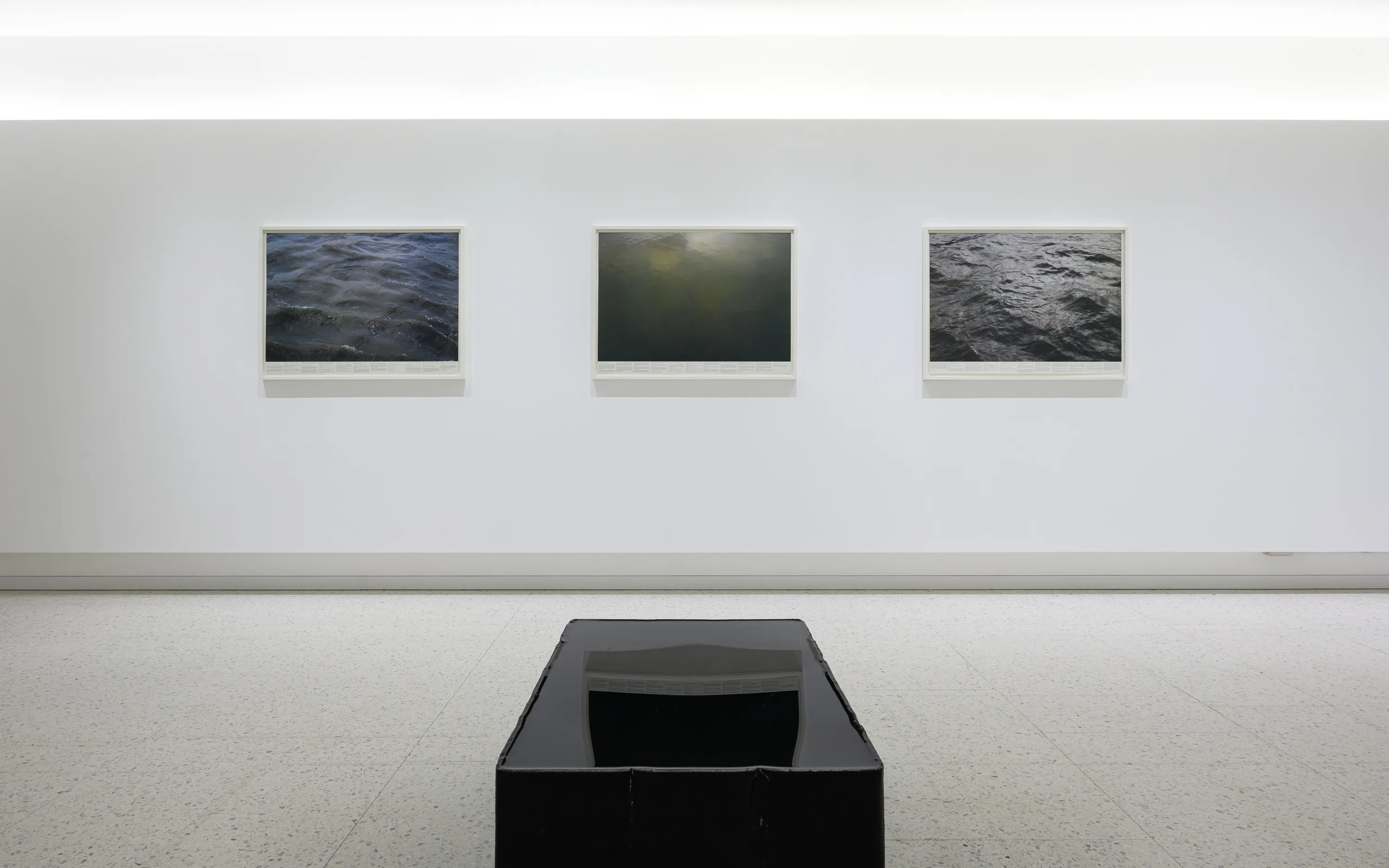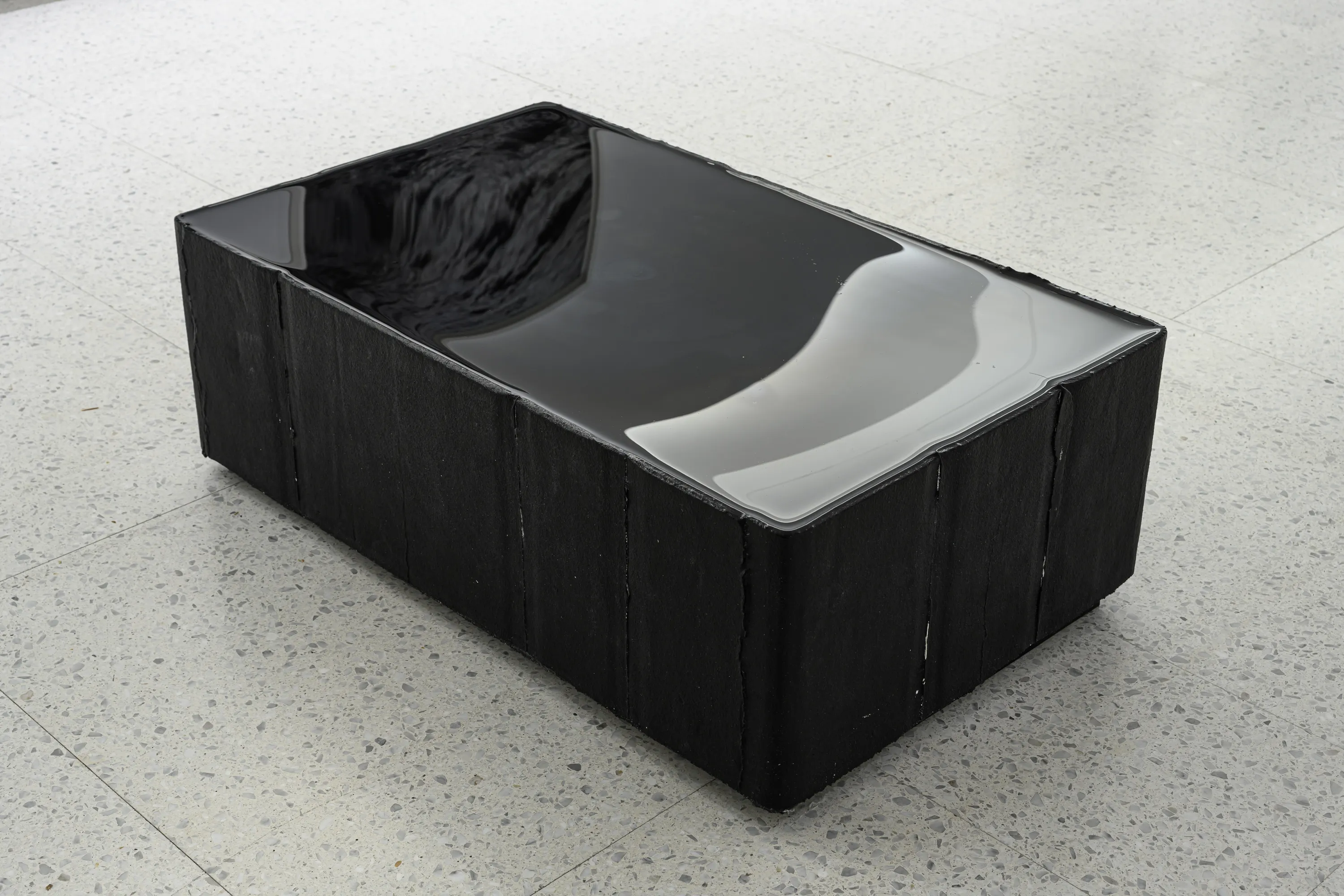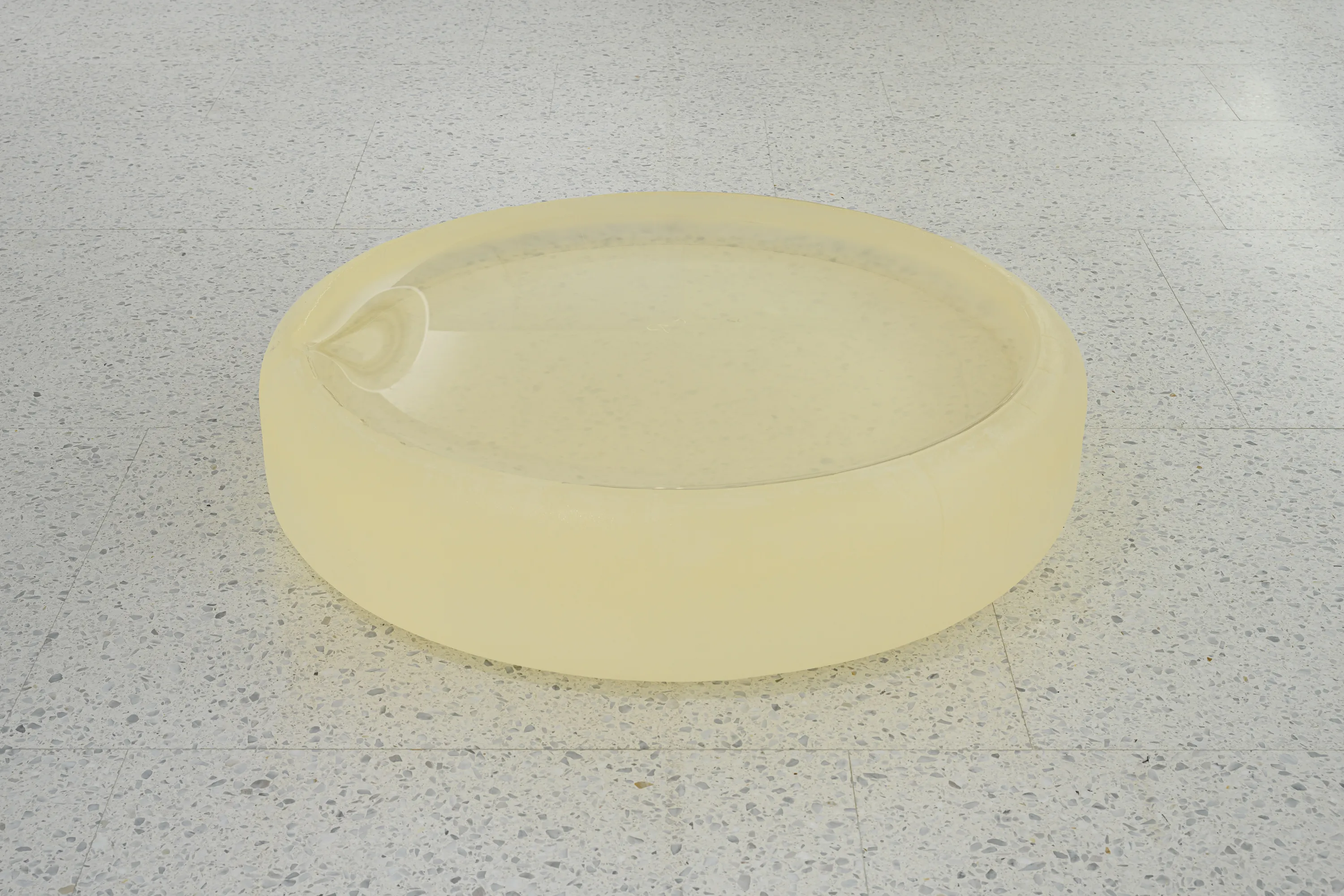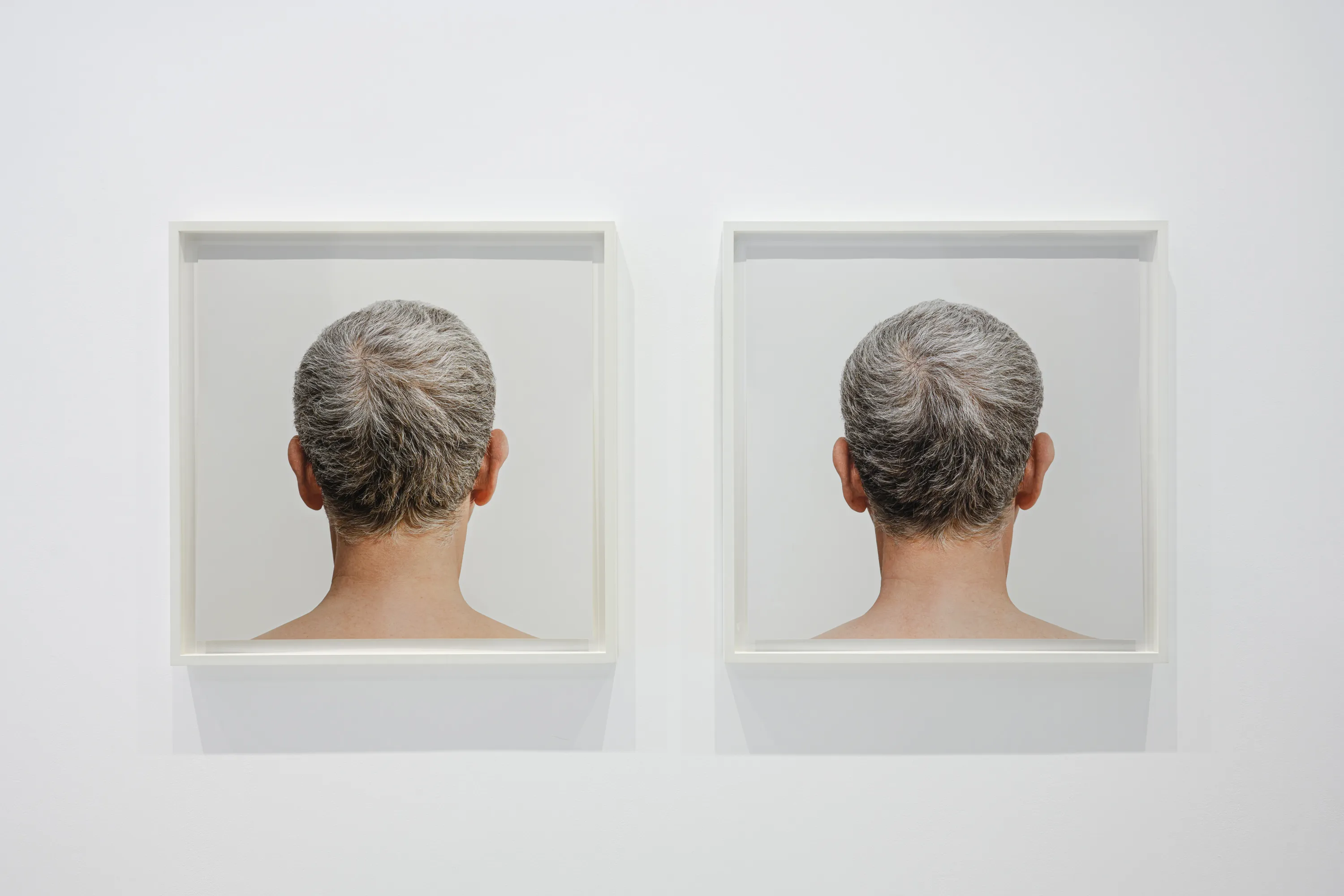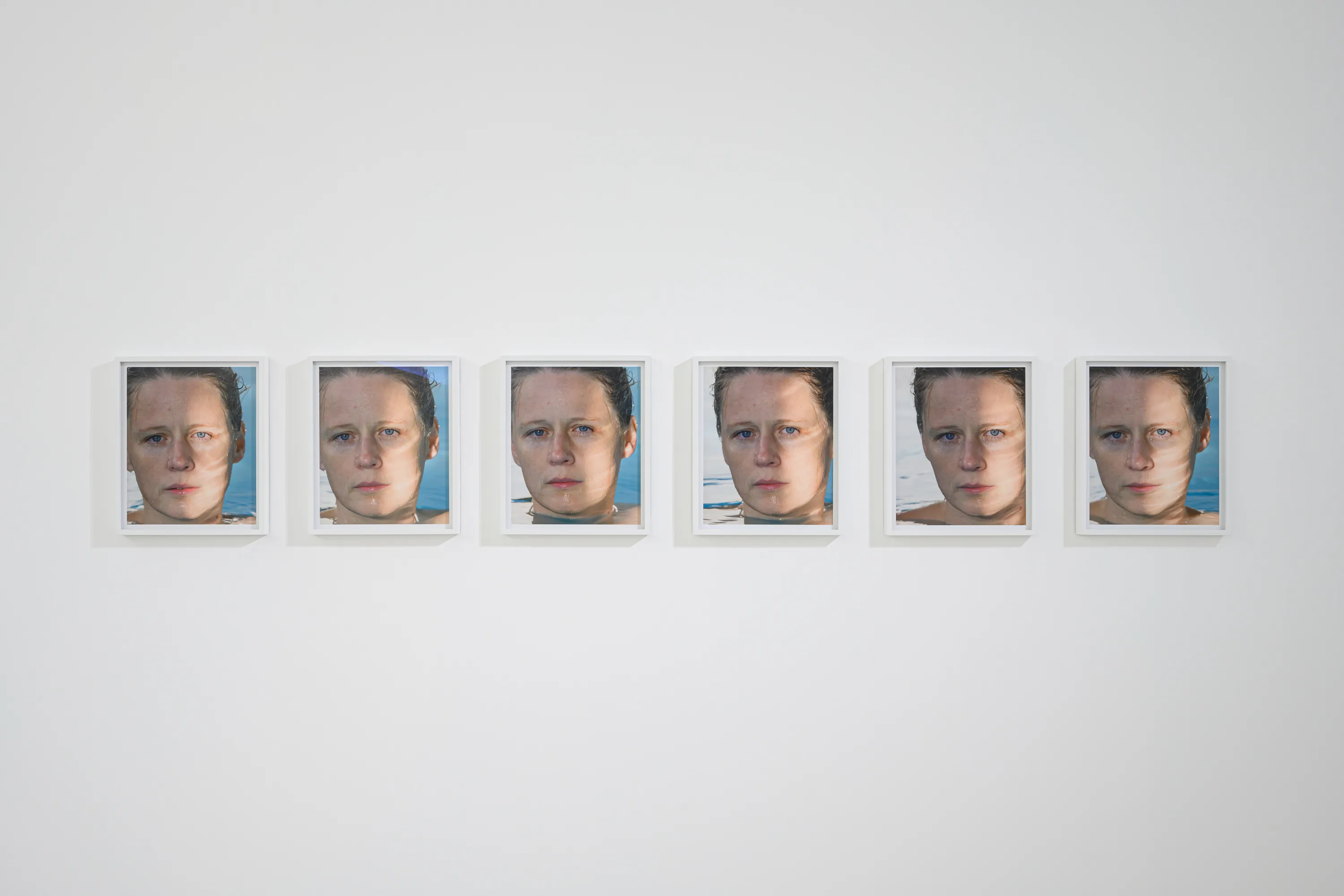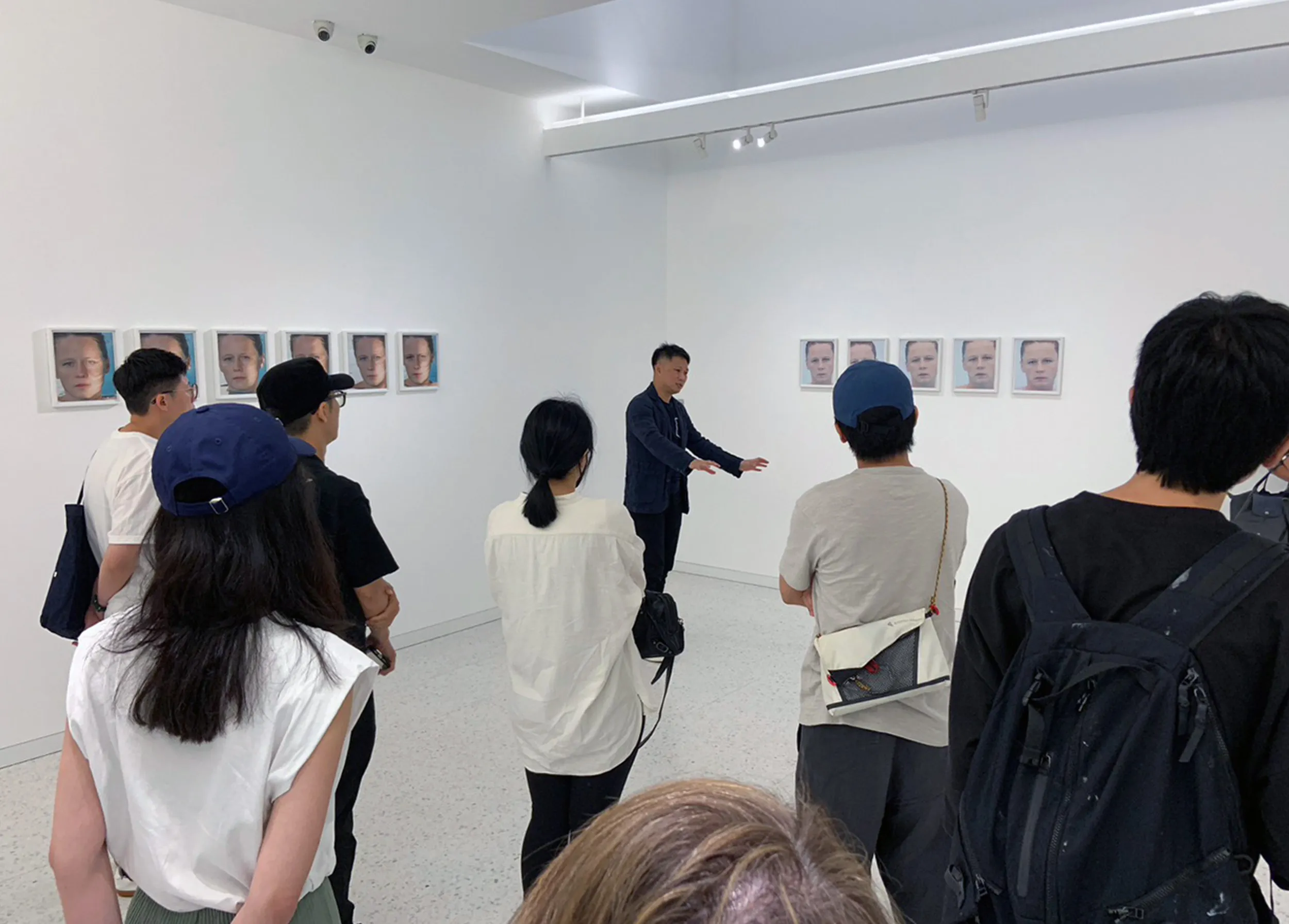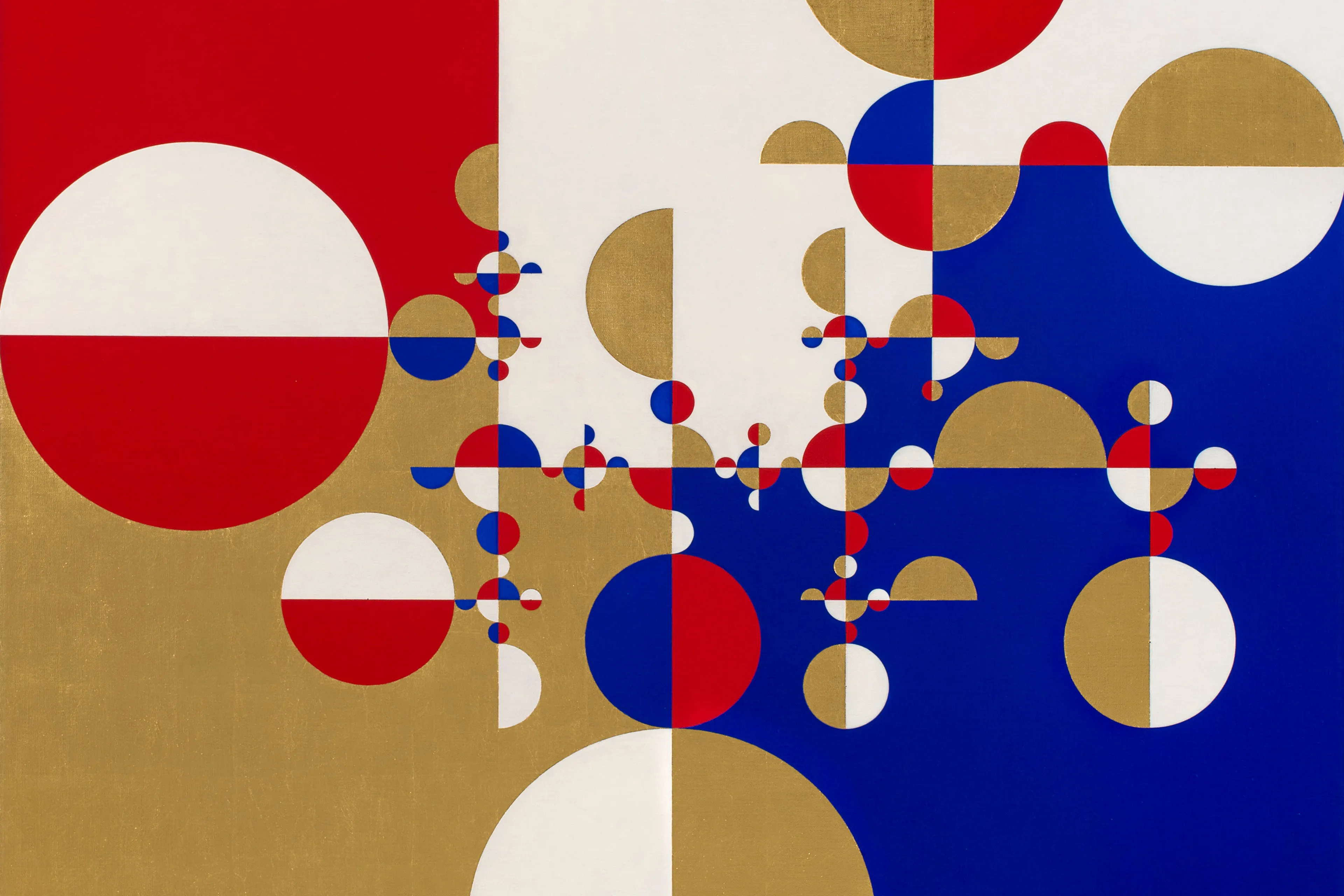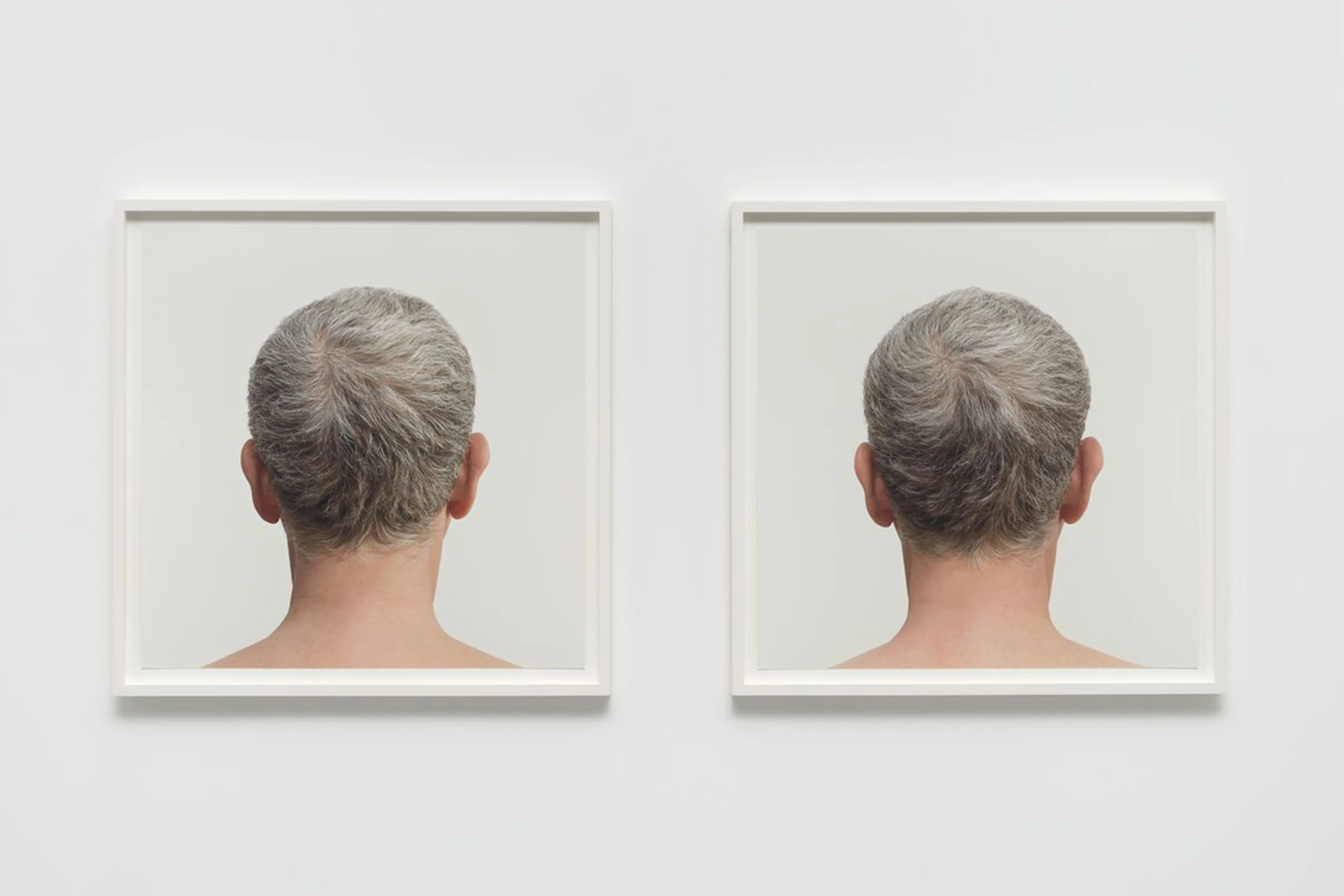
RONI HORN
Opening
2023 APR 15 SAT.
Locations
WINSING ART PLACE
“I have always felt androgyny as central to my relationship with both myself and the work. As far as an individual’s experience with a given work goes, I throw the issue of self-identity back out to the viewer.” — Roni Horn
Roni Horn’s work is characterized by a sparse visual language that is often imbued with traces of her personal experiences and interpretation of her environment. Since the late 1970s, Horn has used a variety of mediums — including drawing, photography, sculpture and installation — to investigate the limits and contours of identity and perception. Horn’s experiences with the landscapes and people of Iceland, which she has visited regularly since 1975, have become one of the most enduring sources of inspiration in her practice. A playful relationship to doubling is a common touchpoint in Horn's work as well. The artist often presents her installations and photographs side-by-side or in pairs, heightening the similarities and differences between the works. Often replete with textual references — from Emily Dickinson to Flanery O’Connor and Anne Carson — Horn’s work offers a semiotic investigation into the relationship between language and material.
The exhibition at Winsing Art Place features an array of Horn’s most significant sculptures and photographs, including several cast-glass works. Horn first began to produce these sculptures in the mid-1990s and they quickly became foundational to her wider practice. To create these works, molten glass is annealed in large moulds over the course of several months. The result, which can be seen in the current series of works, are sculptures that exhibit a dynamic range of hues and luminosity, appearing at once solid and fluid. This is particularly evident in ‘Untitled (‘At night her head, heavy with unappeased cravings, sat on her shoulders, like a coconut with its mat of monkeylike hair growing freakishly inside the shell..’)’, which draws its title from a novel by Robert Musil. Another piece, ‘Black Yes’, one of her black cast-glass sculptures, is a counterpoint to some of the more colorful works. Like much of Horn’s oeuvre, the glass sculptures probe the ever-evolving nature of identity and the experience of transience through the transformation of nature and form.
Another series, White Dickinson, similarly reflect Horn’s enduring interest in literature. From the front, the sculptures are clearly identifiable fragments of poetry and public letters sourced from the writings of American poet Emily Dickinson. When viewed from other angles, however, the letters are abstracted and the meaning is lost, encouraging a reflection on the protean components of language and the relationship between artist and poet. “Untitled, No. 14” and “Untitled, No. 16” are part of a larger series of photographs the artist began in 1998. Both juxtapose two images (of a bird, and person’s head, respectively) to reveal the similarities and differences between the paired photographs. Meanwhile,“Untitled (Weather)” and “Still Water (The River Thames, for Example)” elicit dialogues between the viewer and the work through a string of subtle nuances in the woman's expressions and the elusive and constantly fluctuating colors and texture of the surface of the water.

